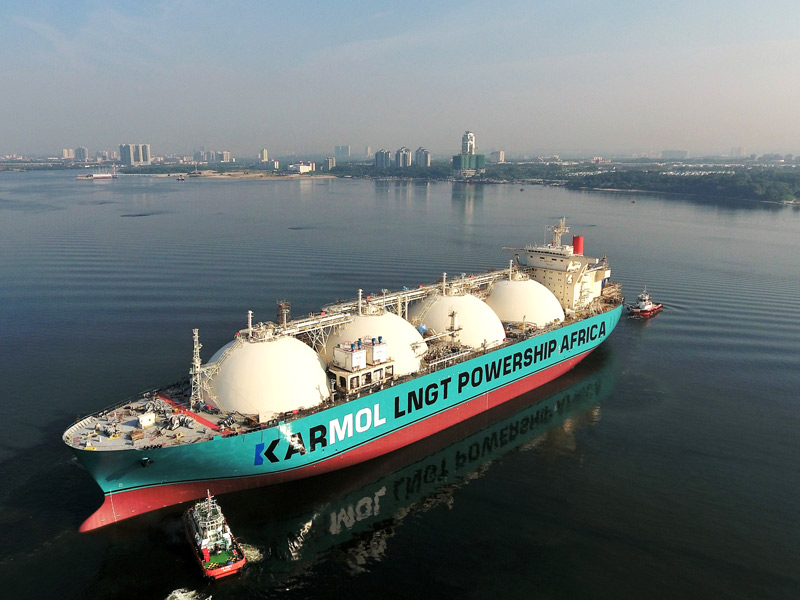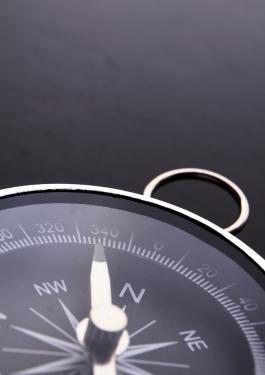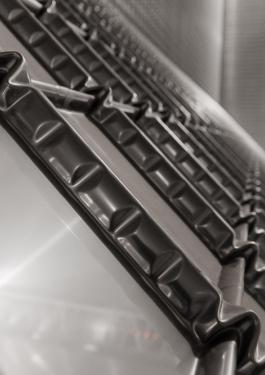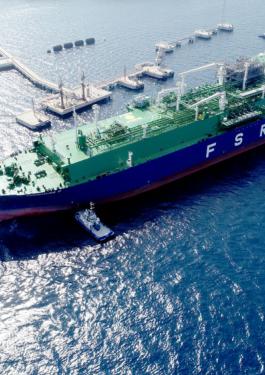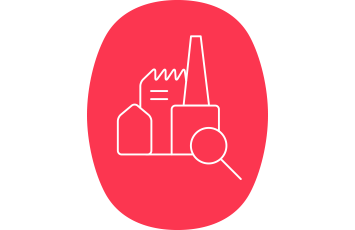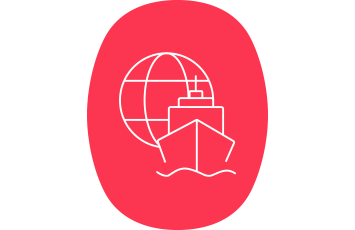Environmental
Gas to Power
Apr. 26 2023
The mid-term forecast for LNG as an energy source is still positive. With demand driven by environmental regulations, it is taking an ever-greater share of the world’s energy mix, expected to grow almost 2% faster than oil and coal over the coming years. Europe has increased its imports due to the Ukraine invasion and the reduction of gas imports by pipe. China is particularly gas-hungry: in its search for cleaner energy solutions, the government aims to more than double LNG’s share of the country’s primary energy mix to 15% by 2030. LNG is also a popular marine fuel due to stringent emission regulations.
LNG infrastructure coming of age
The LNG opportunity is ripe, as many of the traditional challenges associated with exploiting LNG discoveries are gradually being removed.
New technologies have cut the costs of processing and transport, enabling operators to sell the fuel at attractive prices to customers thousands of kilometers away. Floating production units (FLNG) offer flexibility, while floating storage and regasification units (FSRUs) operating as terminals enable producers to move gas to market quickly in countries with little existing infrastructure, as has been the case of late due to recent developments in Europe. And large gas carriers lower the cost of transport. The rapid yet safe development of these technologies has been made possible with the support of classification societies such as Bureau Veritas.
Yet many infrastructure challenges still remain, if offshore operators are to capitalize on demand for LNG.
BUILDING SAFE GAS SUPPLY CHAINS
Bureau Veritas is involved at each stage of the LNG value chain, helping ensure the viability and safety.
At the beginning of the chain, we provide classification, and quality assurance and control for the construction of floating production units (FLNGs). This is an emerging market with only three units built to date, which could grow in future years as operators seek to access stranded resources, and yards find ways to lower CAPEX costs.
Market Leader for Oil Tankers & Gas Carriers
Bureau Veritas M&O
There is great optimism in the air regarding the future of gas transportation by ship. The recent disruption of pipeline supply in Europe has only served to highlight the critical role shipping will play in global decarbonization to grant access to energy from a variety of sources. The overall focus is still on LNG, but hydrogen and ammonia are also starting to show promise. There are challenges and changes ahead of us, but they are being embraced with enthusiasm.
Innovation in gas carriers
Once natural gas is liquefied – to form LNG, reducing the volume to 1/600 of its gaseous state, it is transferred to an LNG carrier for shipment. LNG carriers, as a ship type, have experienced a rapid transformation in recent years in three principal areas:
- The first transformation has been in size. In 1995, when the first membrane LNG carriers were built, they could carry 130,000m3 of gas. Today, the capacity of the largest gas carriers exceeds 260,000m3. While future growth in ship size may be constrained by shipping routes (notably by the Panama Canal’s maximum beam limitations), ships plying fixed routes could get bigger. Inpex’s BV-classed vessel, built to serve the Ichthys Project in Australia, for example, is capable of carrying 182,000m3 of cargo to its customers in Taiwan and Japan.
- The second area of innovation is in containment systems. Companies such as GTT have developed new concepts and solutions to reduce boil-off gas rates to around 0.085-0.07% per day in their latest NO96 Super+ and Mark III Flex systems respectively from a historic level of 0.15%. Vessels are more efficient, sailing at slower speeds, with boil-off gas used to propel the vessel: engine manufacturers have developed new two-stroke propulsion engines that usually propel ships at an economical speed of approximately 15-16 knots.
- The third – closely linked – area of innovation relates to liquefaction. Charterers of ocean-going ships prefer to have a choice of fuel. They want the flexibility to re-liquefy boil-off gas and use heavy fuel oil (HFO) outside Emission Control Areas. While fuel economics are changing, for the moment this flexibility remains attractive to maximize the LNG delivery at destination.
Bureau Veritas is supporting these innovations through its assessments for containment systems following structural and safety analysis on containment systems; and approvals of new propulsion engines, and reliquefaction and subcooling systems.
Fast growth in FSRUs
Floating import terminals bring numerous advantages to fast-growing countries. They enable countries to take in new volumes of gas faster than by building onshore terminals. They provide flexibility – the ability to trade as a pure LNG carrier, depending on the design and regulatory approach, or where LNG imports are used alongside renewable energy, for example in Brazil, FSRUs can be easily moved to new locations. They are close to consumers. And they are cheap to build, at least relative to onshore terminals.
A typical example is Excelerate Energy’s Moheshkhali Floating LNG ordered by Bangladesh’s national oil company Petrobangla. The BV-classed FSRU, which is positioned off the country’s southeastern coastline, is seen as an essential part of the country’s plan to meet its future energy demands. More recent examples are developments in Europe, which helped increase LNG imports in 2022.
Bureau Veritas offers dedicated classification Rules with different notations used depending on whether the unit will be able to transport LNG or not. The unit without propulsion can eventually be used to transport LNG if pushed or towed. To maintain production availability, fixed FSRUs typically carry the in-water survey notation for example, avoiding the need to return to dry dock for surveys. For units that need to move, or subject to wave action, additional mooring and sloshing class notations may be added depending on the application.
The changing face of FSRUs
FSRUs are becoming ever more versatile. Countries are interested in terminals that can also generate power – essentially transforming the FSRU into an offshore power station connected to the national power grid. Bureau Veritas has developed the POWERGEN notation, based on our experience in real projects, and has been involved in the classification of gas to power units for KARMOL.
One project takes the concept even further. Bureau Veritas has issued an Approval in Principle for MODEC’s floating storage, regasification, water-desalination and power-generation (FSRWP) vessel.
The new concept could provide clean energy and water faster and cheaper than current solutions and is a striking example of the flexibility of this type of unit. Where next will the industry go?

